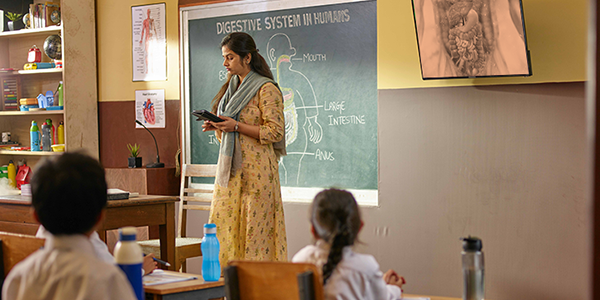![]()
Learning outcomes outline what students should understand, be able to accomplish, or value after finishing a course or programme. Learning outcomes represent the learnings, skills and competencies that should be attained by students by the end of a particular time period as a result of various assignments, courses, classes, or programmes. Smart classes are an improvisation over the traditional classroom setup and enhance the learning outcomes in the following way:
- Intellectual skills: Visual representations enhance user interest and make it easier to understand the concepts. Therefore, smart classes enable students to understand complex subjects a lot better and faster.
- Cognitive strategy: The presentation of information in an interesting way also makes the students curious. This curiosity boosts students’ interest and inventiveness.
- Verbal information: This learning outcome is achieved when the learner is able to definitively state what they have learned from an organized body of knowledge. Smart classes help improve this as concepts taught through audio-visual tools stay in students’ memory for a long time and are reflected in their assignments and examinations.
- Fine Motor skills: Daily tasks like making notes, transitioning between activities, and technology use comes under fine motor skills. Smart classes improve these skills by making students’ minds more active and creative and enhancing their ability to plan and coordinate.
- Attitude: The smart classes go beyond academics and make students digitally and technologically smart. It enhances their thinking skills, makes them more aware of the use of technology, and develops an initiative-taking attitude in them.
Thus, by enhancing students’ various skills and competencies, smart classes improve their learning outcomes manifold.





